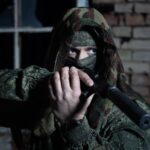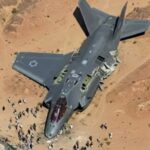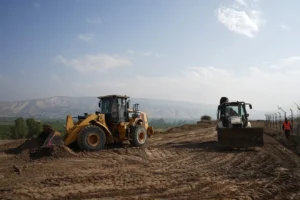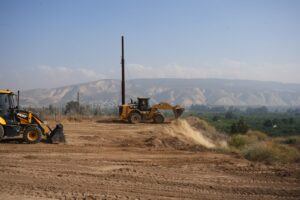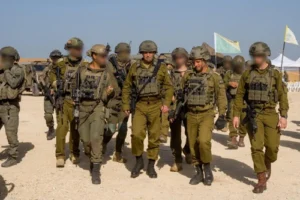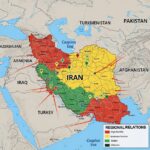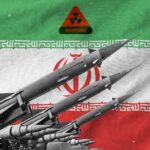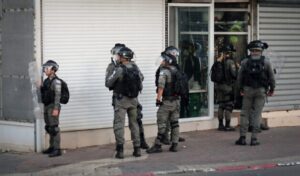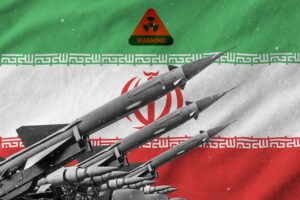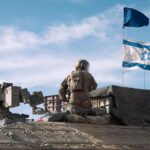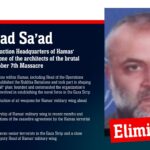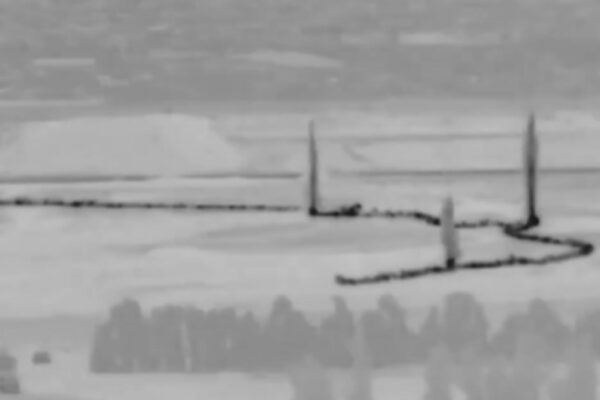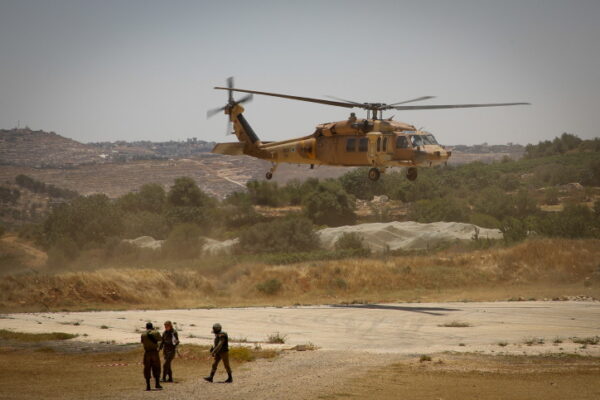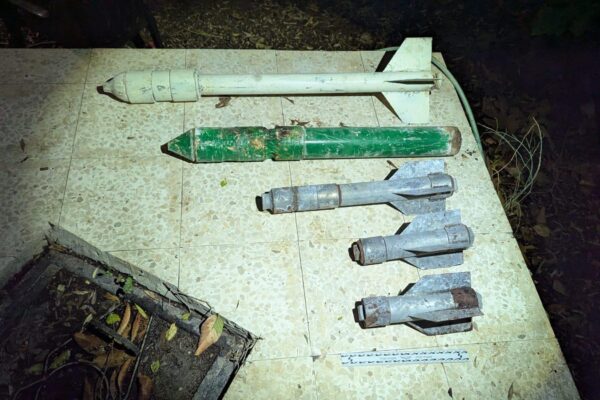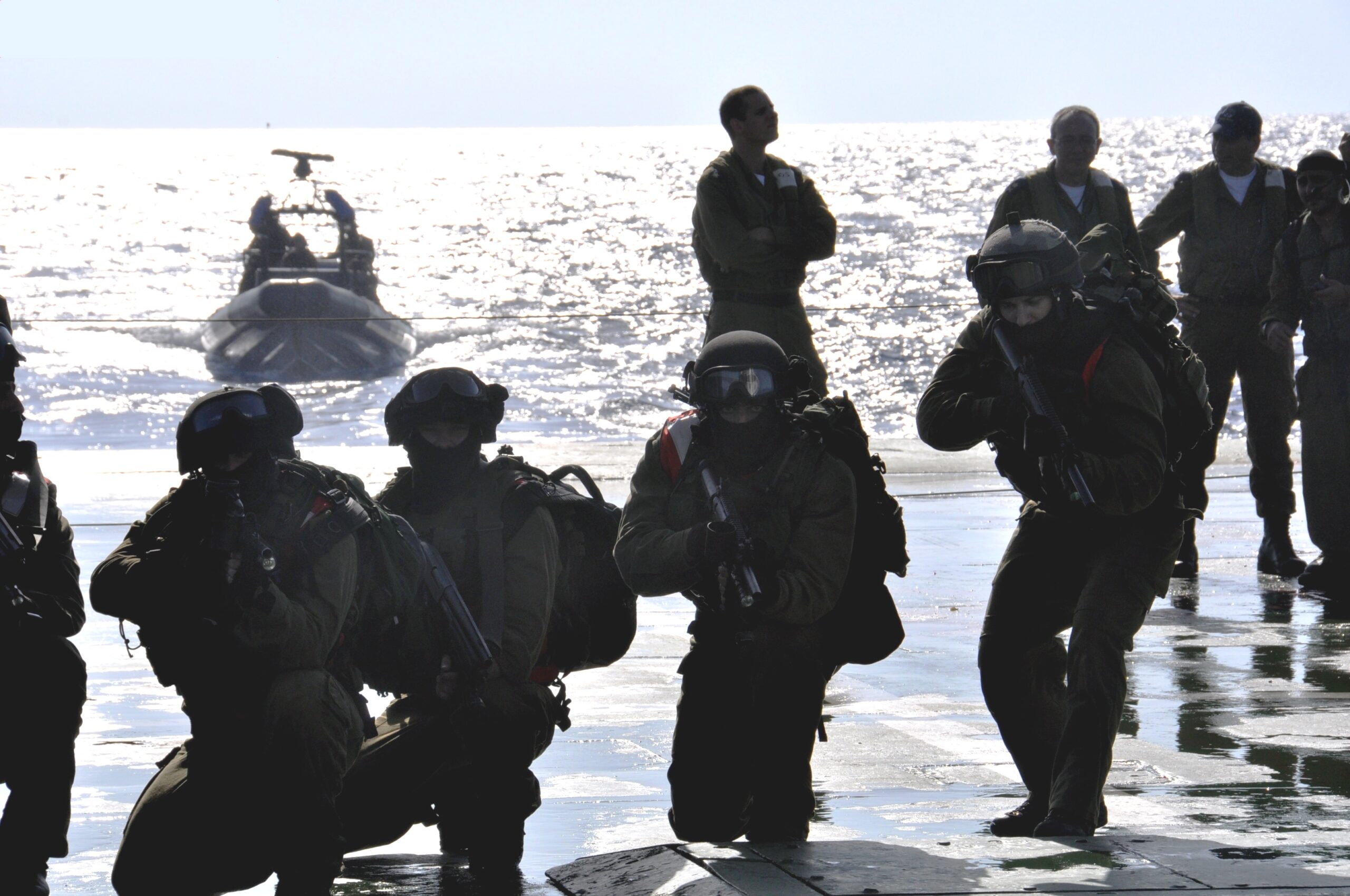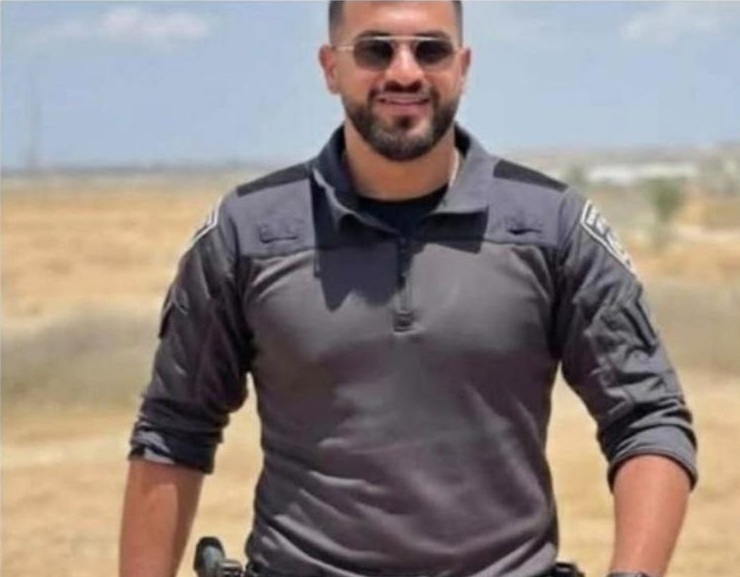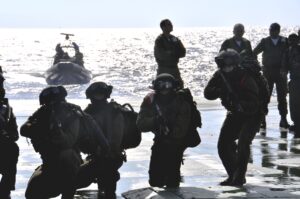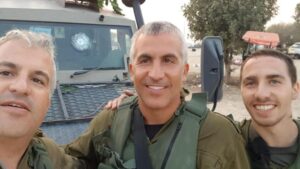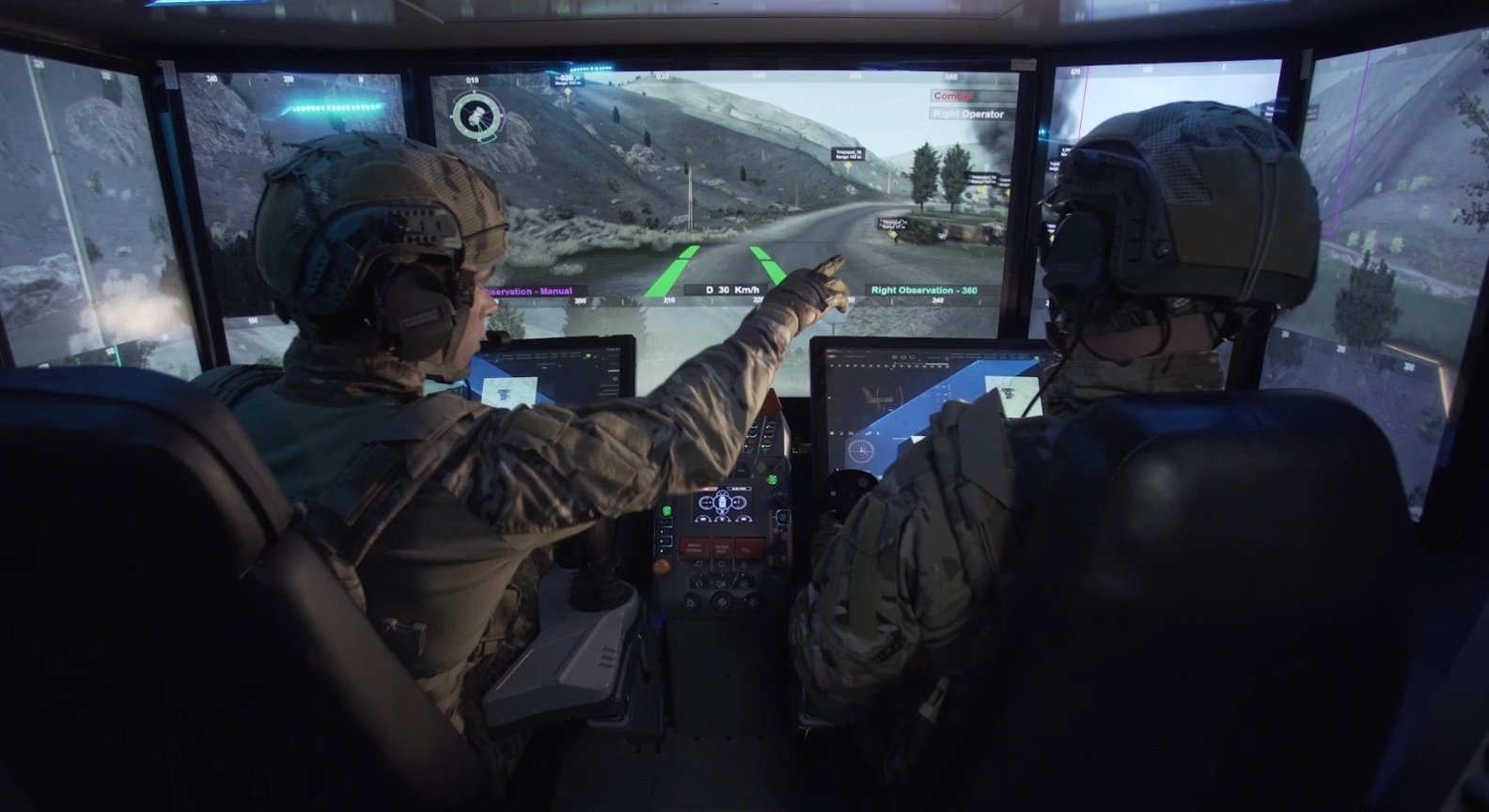Ultimately, enhancing Israel’s offensive posture against the Houthis may require a diversified approach beyond long-range air strikes.
By Yaakov Lappin, JNS
The Israeli Air Force struck the Houthi-controlled international airport in Sana’a, Yemen on Wednesday, with the Israeli military stating that the aircraft destroyed in the strike “were used by the Houthi terrorist organization for the transfer of terrorists” involved in attacks against Israel.
“Similarly to the Hudaydah and Salif Ports that were struck last week, the main airport of Sana’a is continuously operated by the Houthi regime and is used by them for terror purposes. This is another example of the brutal use of civilian infrastructure by the Houthi terrorist organization,” the Israel Defense Forces said in a statement.
The interception of two Houthi-launched ballistic missiles at Israel on the morning of Tuesday—the 40th and 41st such launches since mid-March—served as yet another reminder of the persistent threat emanating from Yemen and fueled ongoing debate in Israel about the limitations of its current offensive capabilities against this distant, dispersed, Iran-backed enemy.
While the IDF has conducted repeated strikes against Houthi targets, including significant attacks on seaports and the international airport in Sana’a, Yemen’s capital, in early May, questions remain about whether Israel has reached an operational ceiling or if untapped options exist to more decisively counter the terrorist organization, which has vowed to continue firing on Israel in support of Hamas in Gaza.
A Western observer, speaking to JNS on Monday, noted that even the United States, despite its extensive capabilities, faced limitations against the Houthis.
“We don’t fully know what the Americans did. They have cruise missiles, but they don’t have ballistic missiles that give you a rapid strike. So, for critical time-sensitive targets,” the observer stated.
“It was harder for them, unless by chance a drone or armed aircraft was over a target.”
He contrasted this with the Saudi and Emirati experience in fighting the Houthis in Yemen for several years, which he described as “quite good, mainly because they had intelligence,” but suggested that their efforts were halted prematurely when they were close to a decisive outcome.
Intelligence, the observer emphasized, is paramount when targeting key Houthi personnel or critical depots, though less so for fixed, dual-use Houthi infrastructure like airports or seaports, which the IDF said have been used to import Iranian weapons.
For moving targets, such as individuals or an emerging terror cell, speed is essential, the source said.
“If you want to hit a person or some organization, you need something that arrives fast. The question of whether Israel needs strike assets other than aircraft—the answer to that is unequivocally yes,” the source argued.
One underutilized capability, according to the observer, is Israel’s Navy.
“The Israeli Navy, at least overtly, has not made its presence felt there [in the Red Sea arena]. It could have closed ports, it could have interdicted munitions, perhaps in limited quantities, but it could have interdicted precise munitions in a short time. Why this wasn’t done, I don’t know. In the past, the Navy operated in these areas,” he remarked.
The total reliance on the Israeli Air Force (IAF) for long-range strikes also presents challenges, the source said, pointing out that such missions require twin-engine aircraft, and the IAF’s refueling capabilities are strained.
“Now, it’s clear that in the long term, we will be working against a ‘third circle’ [of threats—a reference to distant enemies], and this is a classic third circle. A mix of solutions is needed. Dropping bombs is a solution that can work against the Houthis because there is no significant air defense. In a place with significant air defense, you need standoff [long-range] weapons, like those used against Iran,” the observer explained.
The Western observer said that these factors highlight the inherent limitations of relying solely on air power.
“The Air Force attacks on the Houthis is proof that there is a limitation in operating air assets. It’s expensive, it’s complicated, it’s risky, and here [Yemen], they are not penetrating overly complex airspaces. They don’t need to bypass air defenses, and if they need to rescue [pilots], it’s relatively easier. Now imagine they need to do the same range elsewhere with air defenses… this places us at the edge of the Air Force’s capability,” he said.
Other observers noted that a sustained American campaign was not able to neutralize Houthi command, control, weapons depots, and launch capabilities.
Dr. Uzi Rubin, a senior researcher at the Begin-Sadat Center for Strategic Studies and former founder and director of the Arrow missile defense project in Israel’s Defense Ministry, told JNS, “It should be recalled that throughout history since the invention of missiles in World War II, offensive suppression efforts have not yielded significant results, except perhaps for Israel’s major strike on Hezbollah’s [rocket] depots last autumn [2024]. It should also be recalled that the Houthis attacked the Saudis with missiles and UAVs for seven years, and the Saudis, with their large air force, did not succeed in significantly damaging their launch capabilities,” Rubin stated.
At the same time, it appears as if the Houthis have done a considerable job in hiding their losses.
A May 27 report by the Yemeni “Defense Line” website, cited by Israel Hayom, stated that the Houthis were preventing funerals and burials of senior terror organization members killed in US strikes in recent months.
Security sources told the site this directive aimed to conceal the organization’s losses, including the deaths of 15 second-tier commanders, mostly from their rocket and UAV units.
Ultimately, enhancing Israel’s offensive posture against the Houthis may require a diversified approach beyond long-range air strikes.
The Western observer advocated for an optimal munitions mix, suggesting, “Probably in munitions, you need 80-90% cheaper and simpler [short-range options] and 10-20% long-range standoff munitions.




